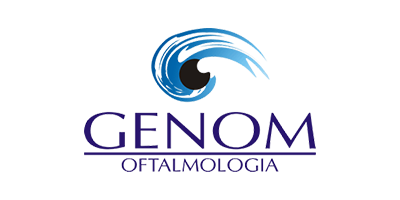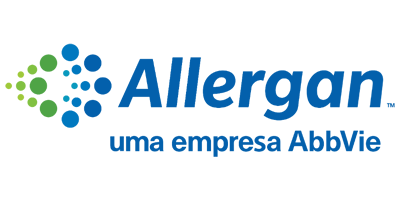
Sessão de Trabalhos Científicos - Apresentação Oral
Código
TL06
Área Técnica
Glaucoma
Instituição onde foi realizado o trabalho
- Principal: Columbia University
- Secundaria: Universidade de São Paulo (USP)
Autores
- BRUNA MELCHIOR SILVA (Interesse Comercial: NÃO)
- CARLOS GUSTAVO DE MORAES (Interesse Comercial: NÃO)
- JAYTER SILVA PAULA (Interesse Comercial: NÃO)
- GEORGE CIOFFI (Interesse Comercial: NÃO)
- CRISTOPHER GIRKIN (Interesse Comercial: NÃO)
- MASSIMO FAZIO (Interesse Comercial: NÃO)
- ROBERT WEINREB (Interesse Comercial: NÃO)
- LINDA ZANGWILL (Interesse Comercial: NÃO)
- JEFFREY LIEBMANN (Interesse Comercial: NÃO)
Título
FREQUENCY OF OPTICAL COHERENCE TOMOGRAPHY TESTING TO DETECT PROGRESSION IN GLAUCOMA
Objetivo
To investigate the time to detect progression in glaucomatous eyes using different optical coherence tomography (OCT) test intervals.
Método
Participants with manifest glaucoma from the African Descent and Glaucoma Evaluation Study (ADAGES), a multicenter, prospective, observational cohort study, were included. A total of 2,699 OCT tests from 171 glaucomatous and 149 normal eyes of 182 participants, with at least 5 tests and 2 years of follow-up, were analyzed. Computer simulations (n = 10,000 eyes) were performed to estimate time to detect progression of global circumpapillary retinal nerve fiber layer thickness (cpRNFL) measured with OCT tests. Simulations were based on different testing paradigms (every 4, 6, 12 and 24 months) and different rates of change (µm/year). Time to detect significant progression (P < 0.05) at 80% and 90% power were calculated for each paradigm and rate of cpRNFL change.
Resultado
As expected, more frequent testing resulted in shorter time to detect progression. While there was clear disadvantage for testing at intervals of 24 vs 12 months (~22.4% [25 months] increase in time to progression detection) and when testing 12 vs 6 months (~22.1% time [20 months] increase), the improved time to detect progression was less pronounced when comparing 6 vs 4 months (~11.5% time [10 months] reduction).
Conclusão
With high specificity and less variability than perimetry, a 6-month testing interval provides a reasonable trade-off for following glaucoma patients using OCT.













